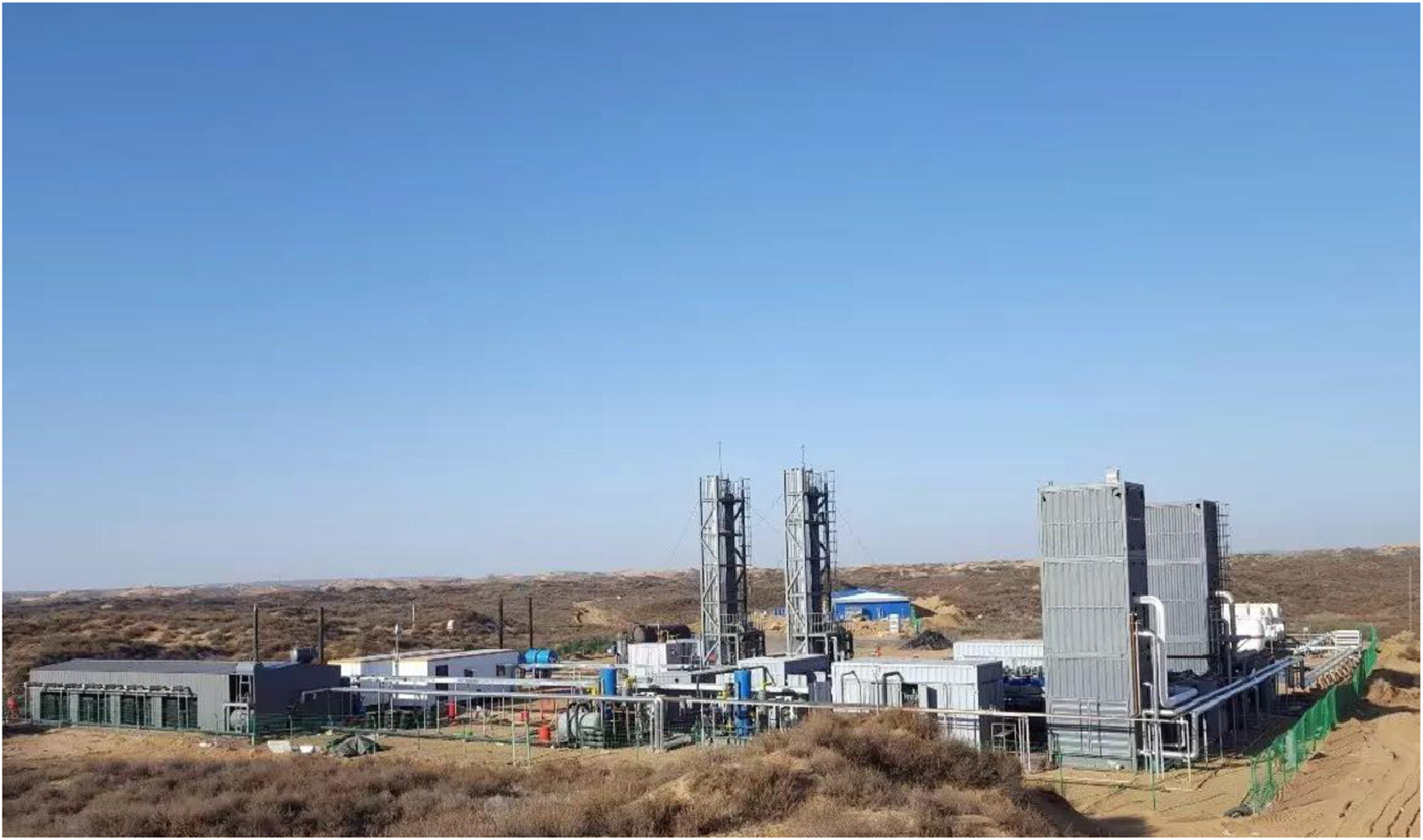Developing clean and low-carbon natural gas is a key point of the nation’s energy development strategy, and also an important measure to achieve "Carbon Neutral". China's natural gas reserves exceed 100 trillion cubic meters, while more than 70% of the reserves are unconventional dispersed sources (i.e. coal-bed methane, tight gas). By processing the unconventional dispersed natural gas sources, they are vented or burned directly which result in serious energy waste and environmental pollution.
It is of great social significance and economic benefit to develop skid-mounted Liquefied Natural Gas (LNG) plants for the gathering and transportation of dispersed natural gas sources. Current skid-mounted LNG technology is focusing on main-cooling process, but paying less attention to the pre-cooling stage. And it is found that pre-cooling stage by adopting Compression Refrigeration System (CRS) even consumes more than 20% of the total power consumption.
Comparing with CRS, Absorption Refrigeration System (ARS) is an efficient heat-driven refrigeration technology. It can recover low-grade waste heat and provide subzero refrigeration. Based on the mechanism of ARS, the research group directed by Prof. GONG Maoqiong from Technical Institute of Physics and Chemistry (TIPC), Chinese Academy of Sciences has recently proposed a new idea for the optimization of LNG process chain.
In the new system, the boil off gas (BOG) in the LNG process is used as the fuel of the power generator. And waste-heat-driven ARS is adopted in the pre-cooling stage instead of CRS. The work is published online in International Journal of Refrigeration on April 30.2021.
In the study, the research group has developed a new type of ARS which adopts continuous-temperature-changing generator structure in order to maximize the use of waste heat from the power generator. By applying the reinforcement method of heat-mass coupling transfer, the system realized the waste heat recovery of both exhaust gas and jacket coolant from the power generator. And the cooling capacity at -10℃ produced by system was used for both pre-cooling of natural gas and refrigerant in the main-cooling stage
“Our experimental results indicate that the waste heat recovery ratio of the new system can be 150% higher than the conventional one. We have applied it in an LNG plant in Ordos. By conducting an economic analysis, it has shown the proposed ARS could have a strong potential of market,” introduced by Prof. GONG.
The LNG plant set in Ordos has a production rate of 30,000 cubic meters per day. The annual consumption of natural gas and annual operation cost of the LNG plant are reduced 17.3% and 9.4% respectively. Moreover, the specific power consumption is reduced from 0.4 kWh/Nm3 to 0.28 kWh/Nm3. It is estimated the payback period is only 2.2 years for the investment.
The research is supported by National Science Fund for Distinguished Young Scholars (No. 51625603), and International Partnership Program of Chinese Academy of Sciences (No. GJHZ1876).

Figure. Skid-mounted LNG Plant Built in Ordos (Photo by GONG et al.)
NEWS